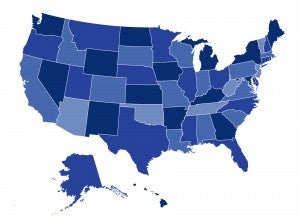New Report Documents Barriers for People with Mental Illness, Substance Use Disorders Buying Coverage Before the ACA

In a report released this week by the National Alliance for Mental Illness (NAMI), Georgetown researchers Dania Palanker, JoAnn Volk and Kevin Lucia document the many ways that individual market plans available before the Affordable Care Act (ACA) fell far short of providing adequate, affordable coverage for people with mental illness and substance use disorders.


